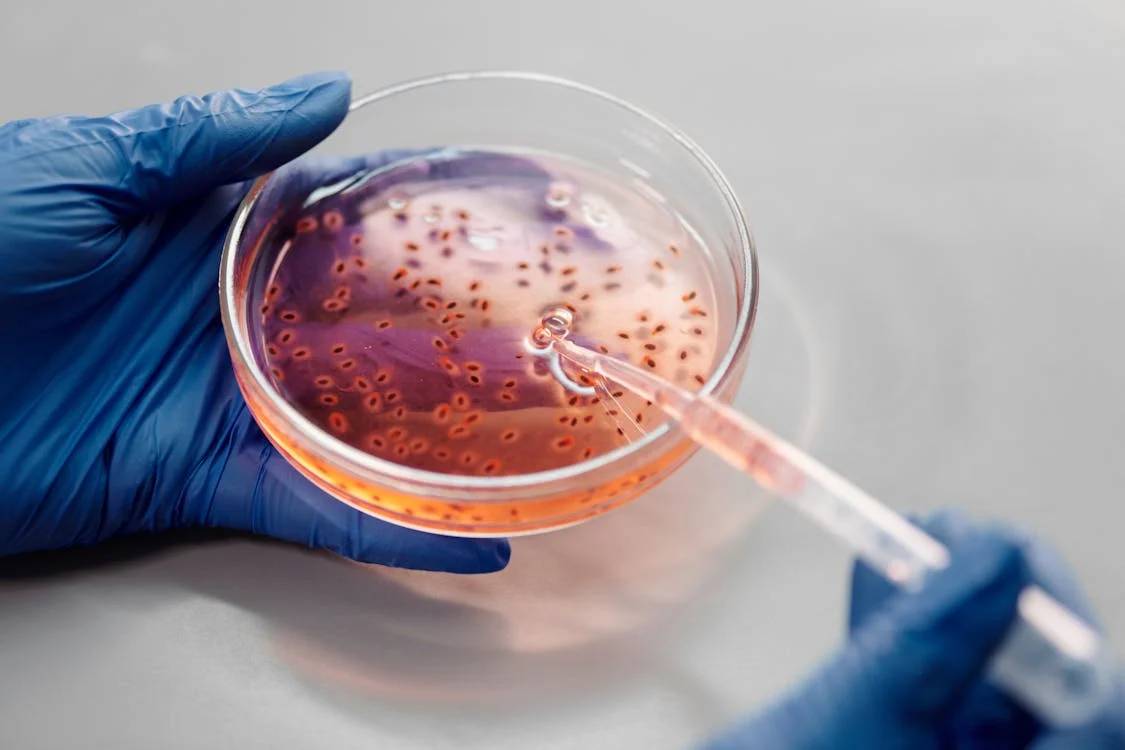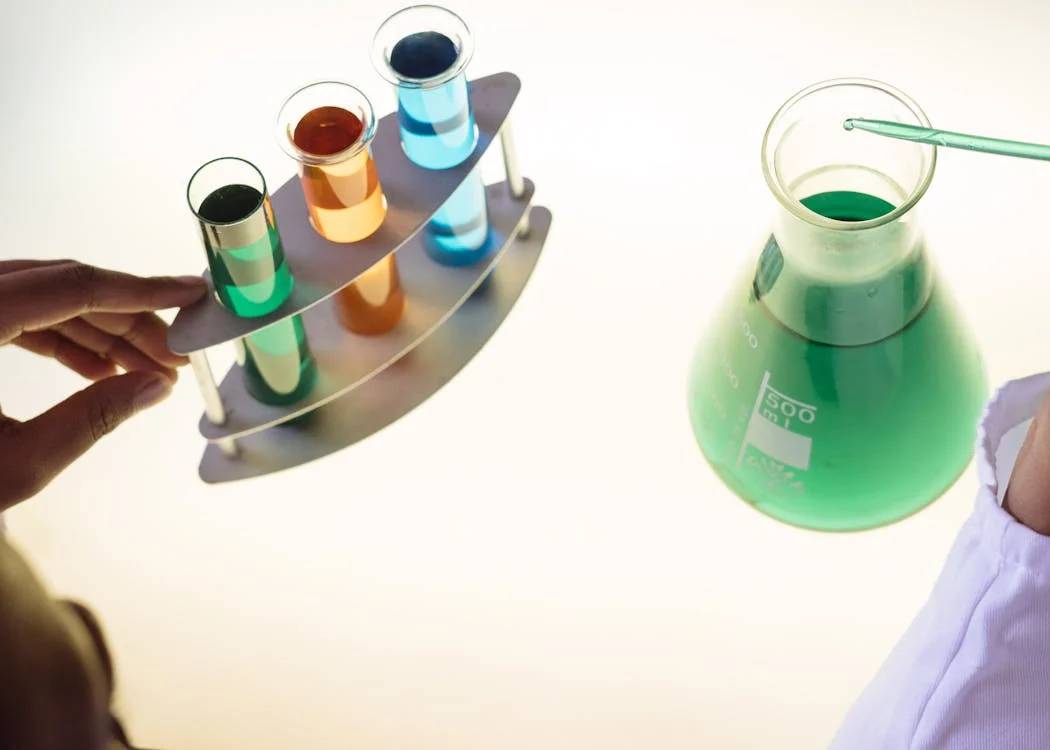
Future Trends in Liquid Handling for NGS
The field of genomics has been transformed by next-generation sequencing (NGS), a powerful technology that allows scientists to understand the details of genetic codes quickly and precisely. Liquid handling technology, which is found at the heart of sample preparation, library construction, and sequencing workflows, holds a critical place in NGS's success.
As NGS methods progress over time, so do the liquid handling technology landscape and industry. The market for liquid handling technologies is expected to expand at a compound yearly growth rate (CAGR) of 8.76% between 2024 and 2030.
This advancement is pushed forward by the need for more capacity, automation, and better accuracy. Learn about five main trends that are shaping liquid handling for NGS applications in the future. These trends provide a glimpse into how genomic research will push forward with new technologies and methods.

Integration of Robotics in Liquid Handling Systems
Robotic integration in liquid handling systems could change the way NGS workflows function, making them more effective and able to handle larger amounts. By adding automation for repetitive pipetting jobs, robotic liquid handling systems simplify sample processing and reduce human mistakes while increasing output capacity. Additionally, a well-rounded liquid handling system can accurately dispense small quantities of reagents, which makes it easier to build NGS libraries with unmatched precision and consistency.
Also, these systems enable precise dispensing of droplets directly into the target plate beneath the source plate, effectively eliminating carry-over and cross-contamination concerns.
Adoption of Microfluidics for Enhanced Precision
The quick advancement of microfluidic technologies in liquid handling for NGS is due to their unmatched accuracy and management over sample manipulation. The use of small-scale channels and rooms makes it possible for microfluidic liquid handling systems to dispense or mix reagents at volumes as low as nanoliters, or even picoliters. This high level of precision becomes very useful, especially in single-cell sequencing tasks, where there are small amounts of samples and precise dispensing is very important.
With the increasing availability and cost-effectiveness of microfluidic platforms, we can anticipate their extensive use in different NGS workflows. This will push forward progress not only in research but also in clinical uses.
Evolution of Modular Liquid Handling Platforms
Modular liquid handling platforms, with their ability to adjust and adapt, are set to change the flexibility and versatility of NGS workflows. They offer a variety of interchangeable parts known as modules like pipetting heads, wash stations, or incubators that can be arranged based on diverse sample types and processing protocols. The modularization in liquid handling systems allows researchers to make their workflows more efficient for cost, throughput, and effectiveness.
Enhancement and customizability of modular liquid handling systems will benefit genomics research by allowing more flexible NGS solutions. This trend aligns with the growing need for personalized approaches in genomic research.
Integration of Artificial Intelligence for Smart Liquid Handling
The merging of artificial intelligence (AI) looks very hopeful for the coming time in liquid handling for NGS, giving smart solutions to improve experiment design, protocol making and data studying. Liquid handling systems with AI abilities can examine experimental details, history facts, and user choices for optimizing protocols automatically during real-time use. This guarantees the finest performance and capability for repetition. Furthermore, AI formulas can detect patterns and directions in NGS information that assist with more precise understanding as well as useful actions.

Emergence of Portable and Miniaturized Liquid Handling Solutions
The rise of portable and smaller liquid handling solutions is ready to make NGS technology more available to everyone. This will allow researchers to do genomic analyses in places other than regular laboratories.
These compact systems use new microfluidic and robotics technologies, making them small but powerful for handling liquids accurately and automatically in a portable way. Whether it's used away from the lab, in clinics, or in places with limited resources, portable liquid handling systems provide unmatched versatility and ease of use for genomic research as well as diagnostics applications. With the growth of these technologies, we can anticipate an increase in portable NGS solutions. This will make it possible for researchers across the globe to easily solve genome puzzles.
In Conclusion
The future of liquid handling for NGS is marked with new ideas, joining together systems and automation. It stems from a constant push toward effectiveness, accuracy, and the ability to expand. The spectrum of liquid handling technology is transforming into an array that goes from robotic automation to microfluidic precision, modular flexibility, and AI intelligence.
Moreover, it also includes elements like portable accessibility among others which will change the manner we conduct genomic research as well as diagnostics significantly. In this coming time frame, researchers better adopt these upcoming tendencies so they can unlock novel possibilities in genomics, speeding up discoveries and progressions leading us into a future where healthcare dominates.

Comments (0)